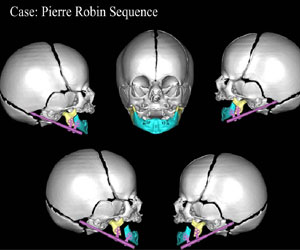
Distraction Osteogenesis (DO) is a relatively new method of treatment
for selected deformities and defects of the oral and facial skeleton.
It was first used in 1903. Then, in the 1950’s, the Russian orthopedic surgeon slowly
perfected the surgical and postoperative management of distraction osteogenesis
treatment to correct deformities and repair defects of the arms and legs.
Distraction Osteogenesis was initially used to treat defects of the oral and facial
region in 1990. Since then, the surgical and technological advances made in the
field of distraction osteogenesis have provided the oral and maxillofacial surgeons
with a safe and predictable method to treat selected deformities of the oral and
facial skeleton.